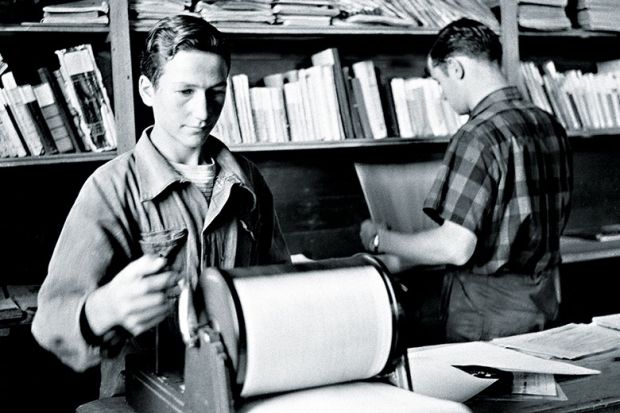I’m on the teaching tenure track at the University of British Columbia and while it is incredibly rewarding in many ways, I miss working with graduate students and all the benefits that come with it. Collaborating with graduate students provides them with much-needed professional development, there’s a tangible impact on both my students’ and my own productivity levels, and the new ideas and methods that my students bring to the table are rejuvenating.
Reflecting on all this, I decided to see if the same benefits applied when publishing with undergraduate students.
I (stubbornly) pre-determined that the answer to the above was “yes” and set about introducing a new assignment in my political science course called Publish With Your Prof.
Interested students were invited to write a short personal statement as to why they wanted to take part. I had initially thought that I would work with just three students but after higher than expected interest (I had close to 30 students apply), I selected five to work with me.
I did not ask for academic writing samples. I was looking for students who seemed highly motivated, for either professional or personal reasons, to work on the topic and who presented this in a detailed way.
Comparing the intangible intellectual benefits of this project with working with grad students, I’d say that the project was a complete success. The paper that I had envisioned in my head when I created the assignment did not materialise. Instead, my students took the paper in a related, but slightly different, and more innovative direction.
Their enthusiasm and personal interests led to the creation of an argument and an approach that I would never have reached on my own. The case studies that they selected, although I was familiar with some of them, were not cases that I would have been drawn to, or have necessarily uncovered on my own. I’m now left with rich teaching materials (both in terms of content and illustrative examples) for any presentations or classes that I teach on aesthetics and/or visual politics.
In a short period of time, I saw my undergraduates learn important lessons that have been central in teaching them the difference between consuming and producing knowledge – what it means do innovative academic research.
A key moment related to this occurred when several students told me that “they couldn’t find any sources that analysed the image that they had selected using the two analytical lenses that we had decided on (aesthetics and counterpower)”.
In some cases, there was almost no academic literature on their selected photo, let alone any using the aforementioned frames. What were they to do? Should they find new cases? This was a seminal moment in teaching them about the concept of “contribution to knowledge” – a dreaded term that scared the bejesus out of my younger, grad-school self and my PhD cohort.
I found myself explaining and demystifying this term to my undergraduate students – noting that the lack of literature was actually a good thing; that they had found the elusive “gap in the literature”; and that now they were going to fill it with their own analysis.
This was a clear and effective learning moment for these students with regard to experiencing something so central to academic success.
But, even though I am proud of them and happy with the nearly finished paper, I wanted to work more closely with them. Although I wanted them to work independently, I didn’t have the same time for the intellectual back and forths that I have had on some of my other collaborative projects.
Further, my responsibility was to fine-tune the literature review, edit their sections and write up the comparative findings from their case studies. I, of course, did not have time to do this during the term (April). I had hoped to get it done by the end of June, but life got in the way, and now I’m aiming for August. Of course, this is “normal” slippage in our world (two months late you say? Ha! That’s nothing!) but I can’t help but feel that it is less than ideal for my students, who have had to wait to see the final product.
But this is definitely an assignment that I’ll be using again. The timing problems were of my own making and now that I know what this assignment entails, I’ll plan better for the next round.
In terms of the paper from this year, I’ve submitted an abstract to my professional association’s annual convention and hopefully I will be able to take at least one of the students to present alongside me if it is accepted.
I’m also about two-thirds of the way through edits to the paper and I will hopefully be submitting it for peer review at some point. Even though the students are no longer in the class, they will be contributing to this process along the way by helping me to respond to reviews.
I hope that the next “academic lesson” that this project teaches them isn’t about the realities of rejection and that they do not have an encounter with “Reviewer 2” in their first experience of peer review!
Jenny Peterson is an instructor in the department of political science and Vantage College at the University of British Columbia.
This is a shortened version of a post that originally appeared on Jenny Peterson's personal website.
Register to continue
Why register?
- Registration is free and only takes a moment
- Once registered, you can read 3 articles a month
- Sign up for our newsletter
Subscribe
Or subscribe for unlimited access to:
- Unlimited access to news, views, insights & reviews
- Digital editions
- Digital access to THE’s university and college rankings analysis
Already registered or a current subscriber? Login



